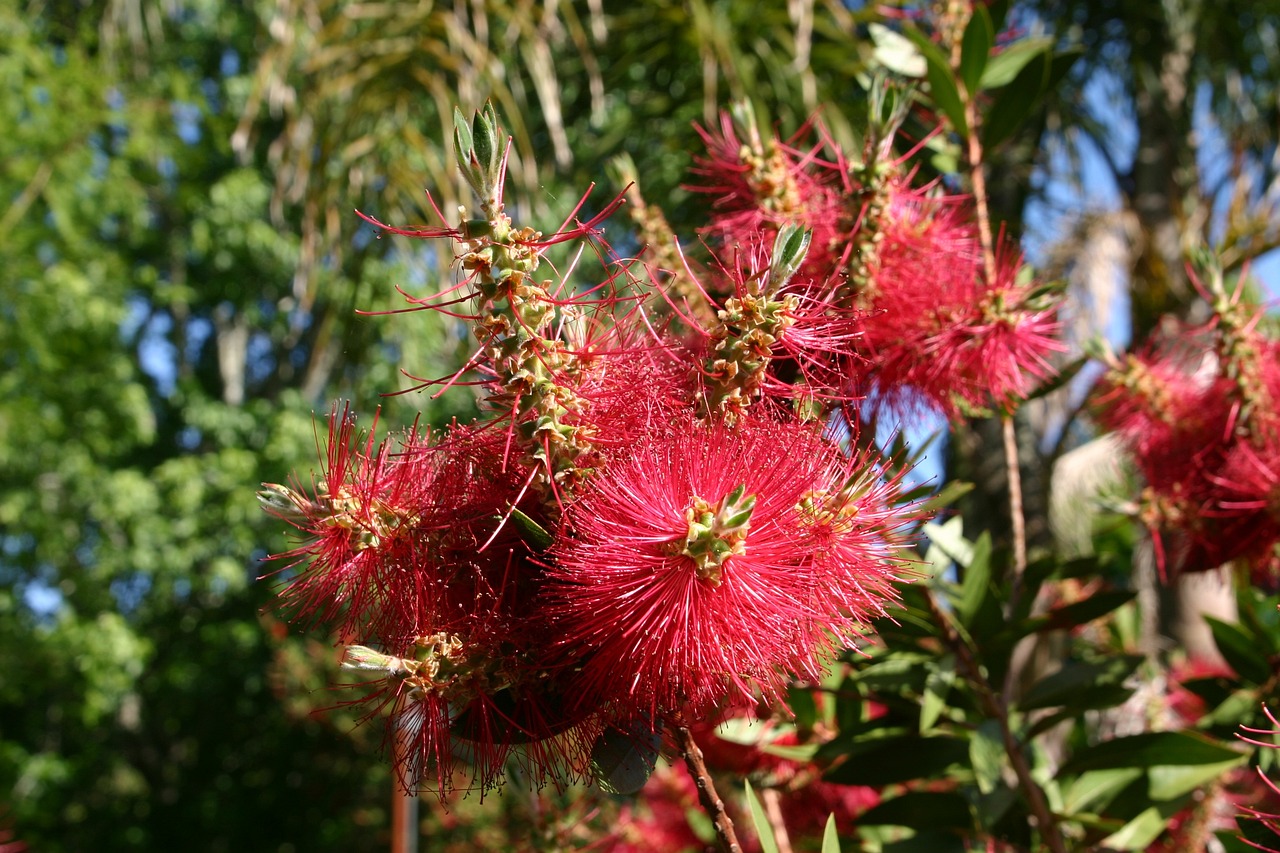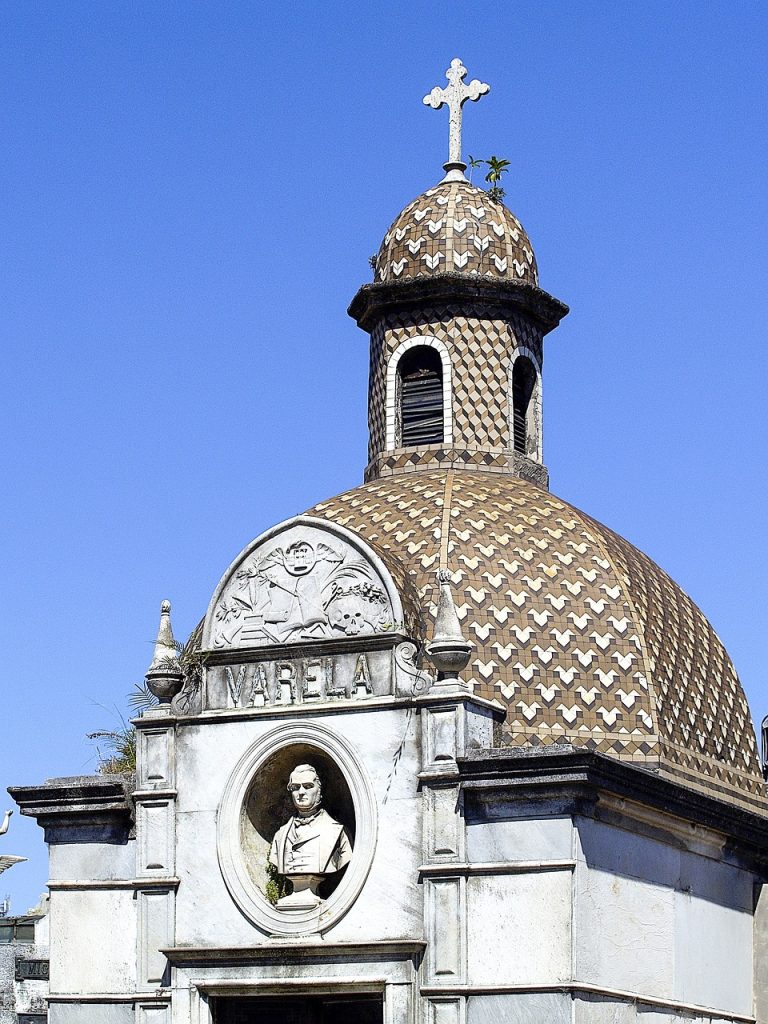Buenos Aires Argentina Video
Historical Treasures of Buenos Aires Argentina: Reliving the Past
Buenos Aires, the capital city of Argentina, is a vibrant and culturally rich destination that is deeply rooted in history. From its colonial past to its modern-day charm, Buenos Aires is home to numerous historical treasures that offer visitors a chance to relive the past. In this article, we will explore ten of these remarkable landmarks and delve into their significance in shaping the city’s identity.
Casa Rosada: The Pink Presidential Palace
- Plaza de Mayo: Located in the heart of Buenos Aires, Plaza de Mayo is a historic square that serves as the setting for various political and social events. It is home to the iconic Casa Rosada, the official residence and workplace of the President of Argentina.
- Historical Significance: Casa Rosada holds immense historical significance as a symbol of Argentina’s political and social evolution. It stands as a testament to the country’s struggle for independence and its ongoing democratic journey.
The Casa Rosada, with its distinctive pink façade, has witnessed many significant moments in Argentine history. Visitors can take guided tours to explore its ornate interiors, including the famous Balcony where Eva Perón addressed the nation.
Teatro Colón: A Grand Opera House
- Architecture and Acoustics: Teatro Colón, one of the world’s most renowned opera houses, is a masterpiece of architecture and acoustics. Its opulent interiors, adorned with intricate details, create a captivating ambiance.
- World-Class Performances: Teatro Colón has hosted some of the most celebrated opera singers, dancers, and orchestras from around the globe. It remains a vibrant cultural hub, showcasing a diverse range of performances throughout the year.
With its rich history and world-class performances, Teatro Colón continues to be a cultural beacon in Buenos Aires. Visitors can take guided tours to explore its grand halls, backstage areas, and witness the incredible craftsmanship.
Buenos Aires Argentina Image 1: 
La Recoleta Cemetery: A City of the Dead
- Architectural Marvel: La Recoleta Cemetery is renowned for its stunning architecture and intricate mausoleums. This cemetery is the final resting place of many prominent Argentine figures, including Eva Perón.
- Historical Significance: La Recoleta Cemetery offers a glimpse into the lives of influential individuals who shaped Argentine history. It serves as a testament to the country’s rich cultural heritage and architectural prowess.
Visitors can wander through the labyrinthine pathways, admiring the grandeur of the tombs and learning about the stories of those interred within. It is a place of reverence and reflection.
Palacio Barolo: An Architectural Gem
- Art Nouveau Splendor: Palacio Barolo, an iconic landmark in Buenos Aires, is an architectural masterpiece inspired by Dante Alighieri’s Divine Comedy. Its design reflects the journey from hell to heaven, with each floor representing a different realm.
- Cultural Significance: Palacio Barolo symbolizes Buenos Aires’ cultural and artistic heritage. It stands as a testament to the city’s architectural innovation and the creative spirit of its people.
Visitors can take guided tours to explore this unique building, marvel at its intricate details, and enjoy panoramic views of the city from its lighthouse-like tower.
Buenos Aires Argentina Image 2: 
Plaza de Mayo: The Historic Heart
- Political Center: Plaza de Mayo, located in the Monserrat neighborhood, has been the focal point of many significant political events throughout Argentine history. It has served as a venue for protests, celebrations, and gatherings.
- Symbol of Resilience: Plaza de Mayo embodies the spirit of resilience and resistance of the Argentine people. It stands as a testament to their unwavering pursuit of justice, democracy, and human rights.
The square is surrounded by important buildings, including the Metropolitan Cathedral, the Cabildo, and the aforementioned Casa Rosada. It is a central meeting place for locals and visitors alike.
El Ateneo Grand Splendid: A Bookstore in a Theater
- Historic Transformation: El Ateneo Grand Splendid is a bookstore housed in a former theater. It has preserved the theater’s grandeur, with its ornate decorations, plush seating, and a stage transformed into a café.
- Cultural Hub: El Ateneo Grand Splendid represents the city’s love for literature and the arts. It showcases the fusion of Buenos Aires’ rich cultural heritage with its contemporary creative scene.
Visitors can browse through an extensive collection of books while immersing themselves in the theater’s unique atmosphere. It is a haven for book lovers and a cultural gem of Buenos Aires.
Buenos Aires Argentina Image 3: 
San Telmo: Preserving the Past
- Colonial Charm: San Telmo is one of Buenos Aires’ oldest neighborhoods, known for its well-preserved colonial architecture and cobblestone streets. It exudes a bohemian atmosphere and is a haven for artists and antique collectors.
- Cultural Heritage: San Telmo showcases the city’s cultural heritage and provides a glimpse into its colonial past. It is a melting pot of history, art, and vibrant street life.
Exploring San Telmo’s winding streets reveals hidden gems, including quaint cafes, art galleries, and antique shops. The neighborhood comes alive on Sundays with the famous San Telmo Market.
Palacio de Aguas Corrientes: Water Works Wonder
- Architectural Splendor: Palacio de Aguas Corrientes, also known as the Palace of Running Waters, is a stunning building that houses the headquarters of the city’s water company. It features an eclectic mix of architectural styles.
- Engineering Marvel: Palacio de Aguas Corrientes represents the city’s commitment to providing clean water to its residents. It stands as a testament to the technological and engineering achievements of its time.
Visitors can take guided tours to explore the palace’s interior, admiring its intricate mosaics, stained glass windows, and ornate ceilings. It is a hidden gem that showcases Buenos Aires’ architectural diversity.
Caminito: A Colorful Open-Air Museum
- Tango and Art: Caminito, located in the La Boca neighborhood, is a vibrant street that serves as an open-air museum. Its colorful buildings, street art, and tango performances create a lively and immersive experience.
- Cultural Icon: Caminito has become an iconic symbol of Buenos Aires, representing its passion for tango, art, and vibrant street life. It attracts both locals and tourists seeking an authentic Argentine experience.
Visitors can explore art galleries, enjoy traditional tango shows, and soak in the bohemian atmosphere. Caminito is a celebration of Buenos Aires’ artistic spirit and cultural heritage.
Conclusion
Buenos Aires, Argentina’s capital city, is a treasure trove of historical landmarks that offer a glimpse into the country’s rich heritage. From the iconic Casa Rosada to the vibrant streets of Caminito, each of these sites holds immense cultural and historical significance. By exploring these historical treasures, visitors can truly relive the past and gain a deeper appreciation for Buenos Aires’ unique identity.
References
- casarosada.gob.ar
- teatrocolon.org.ar
- cemiteriorecoleta.com.ar
- palaciobarolo.com
- ateneograndspendid.com.ar
- santelmo.com.ar
- aguas.gob.ar
- caminito.org.ar







